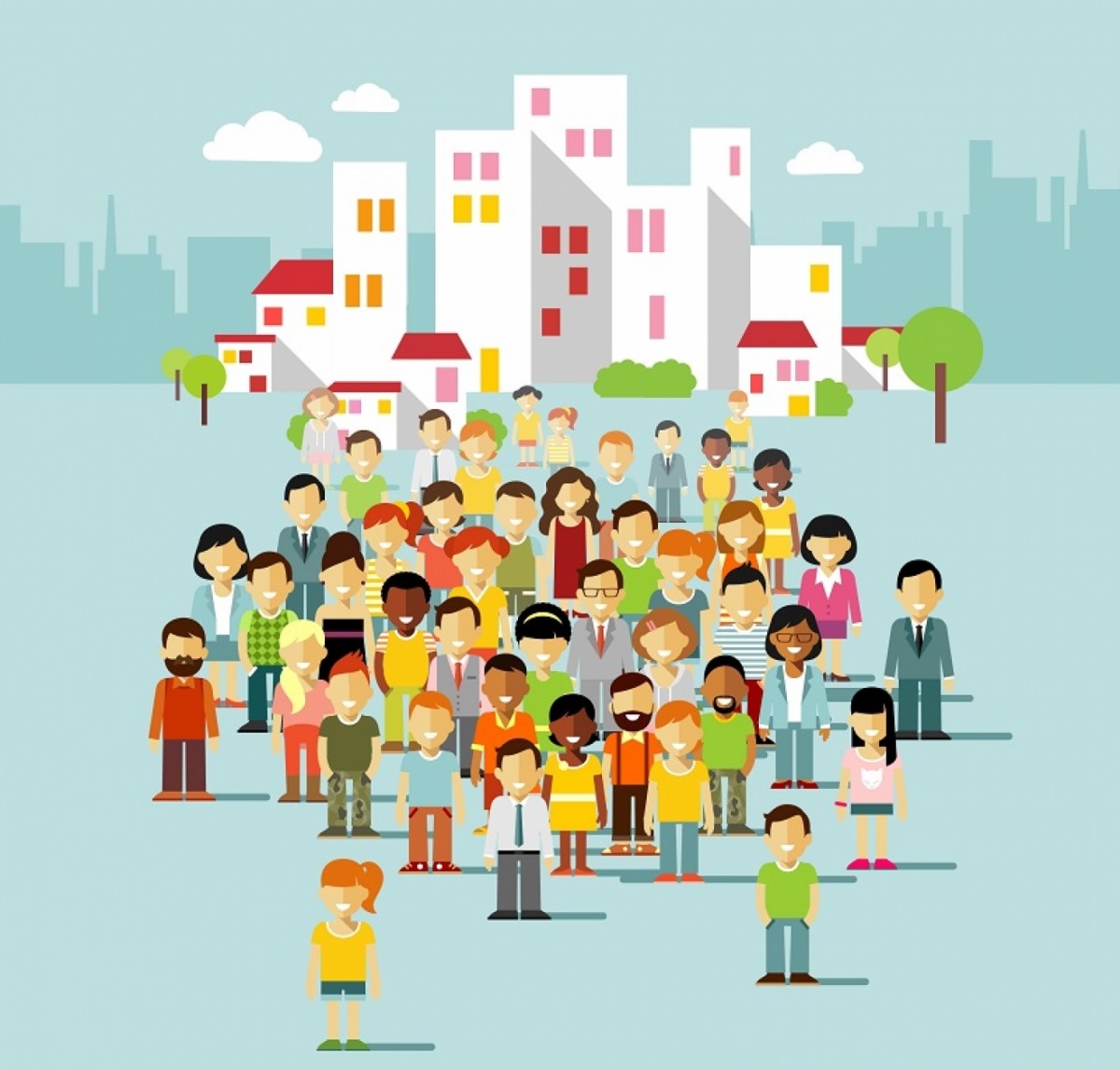Navigating the Complexities of Society: Understanding Its Dynamics and Evolution

Navigating the Complexities of Society: Understanding Its Dynamics and Evolution
Introduction: Society, the intricate web of human interactions, norms, values, and institutions, is a fascinating subject of study. It's the fabric that binds individuals into communities, shapes our behaviors, and influences our aspirations. Exploring the multifaceted nature of society unveils its complexities, challenges, and remarkable evolution over time.
The Dynamics of Society: At its core, society is dynamic, constantly in flux, driven by an interplay of various factors. Social dynamics encompass an array of elements, including cultural norms, economic structures, political systems, technological advancements, and demographic shifts. These forces intertwine to shape social behaviors, beliefs, and institutions.
Cultural Norms and Values: Culture serves as the foundation of society, providing a set of shared beliefs, customs, and traditions that define collective identity. Cultural norms dictate acceptable behaviors, attitudes, and societal expectations. However, cultures are not static; they evolve over time, influenced by globalization, migration, and intercultural exchanges.
Economic Structures and Inequality: Economic systems play a pivotal role in shaping societal dynamics. Capitalism, socialism, and various hybrid models determine resource allocation, wealth distribution, and access to opportunities. Economic inequality, a persistent challenge, widens the gap between the affluent and the marginalized, impacting social mobility and cohesion.
Political Systems and Governance: The organization of political power structures profoundly impacts society. Democratic, authoritarian, and totalitarian regimes shape governance, civil liberties, and the rule of law. Political movements, revolutions, and ideological shifts reflect society's aspirations for justice, equality, and representation.
Technological Advancements and Digital Society: The digital revolution has revolutionized societal interactions, communication, and information dissemination. Technology permeates every aspect of modern life, influencing social relationships, employment patterns, and cultural norms. However, it also raises concerns about privacy, surveillance, and the digital divide.
Demographic Shifts and Diversity: Population dynamics, including migration, urbanization, and demographic transitions, redefine societal landscapes. Diversity enriches societies, fostering innovation, cultural exchange, and pluralism. However, it also presents challenges related to social cohesion, integration, and identity politics.
The Evolution of Society: Society is not static; it evolves in response to internal and external pressures. History is a testament to the transformative power of societal movements, revolutions, and paradigm shifts. From the agricultural revolution to the industrial era and the information age, each epoch reshapes social structures, values, and institutions.
Challenges and Opportunities: While society has made remarkable strides in areas such as human rights, healthcare, and technological advancement, significant challenges persist. Poverty, inequality, discrimination, and environmental degradation threaten social stability and collective well-being. However, these challenges also present opportunities for collective action, innovation, and social change.
Conclusion: Understanding society requires a nuanced appreciation of its complexities, dynamics, and evolution. It's a tapestry woven from diverse threads of culture, economics, politics, technology, and demographics. By grappling with these intricacies, we can navigate the challenges and embrace the opportunities for a more inclusive, equitable, and sustainable future. Society is not merely a subject of study but a canvas for collective aspirations and endeavors.
- Challenges_and_Opportunities
- The_Evolution_of_Society
- Demographic_Shifts_and_Diversity
- Technological_Advancements_and_Digital_Society
- Political_Systems_and_Governance
- Economic_Structures_and_Inequality
- Cultural_Norms_and_Values
- The_Dynamics_of_Society
- Navigating_the_Complexities_of_Society:_Understanding_Its_Dynamics_and_Evolution
- Arts
- Business
- Computers
- Jogos
- Health
- Início
- Kids and Teens
- Money
- News
- Recreation
- Reference
- Regional
- Science
- Shopping
- Society
- Sports
- Бизнес
- Деньги
- Дом
- Досуг
- Здоровье
- Игры
- Искусство
- Источники информации
- Компьютеры
- Наука
- Новости и СМИ
- Общество
- Покупки
- Спорт
- Страны и регионы
- World


